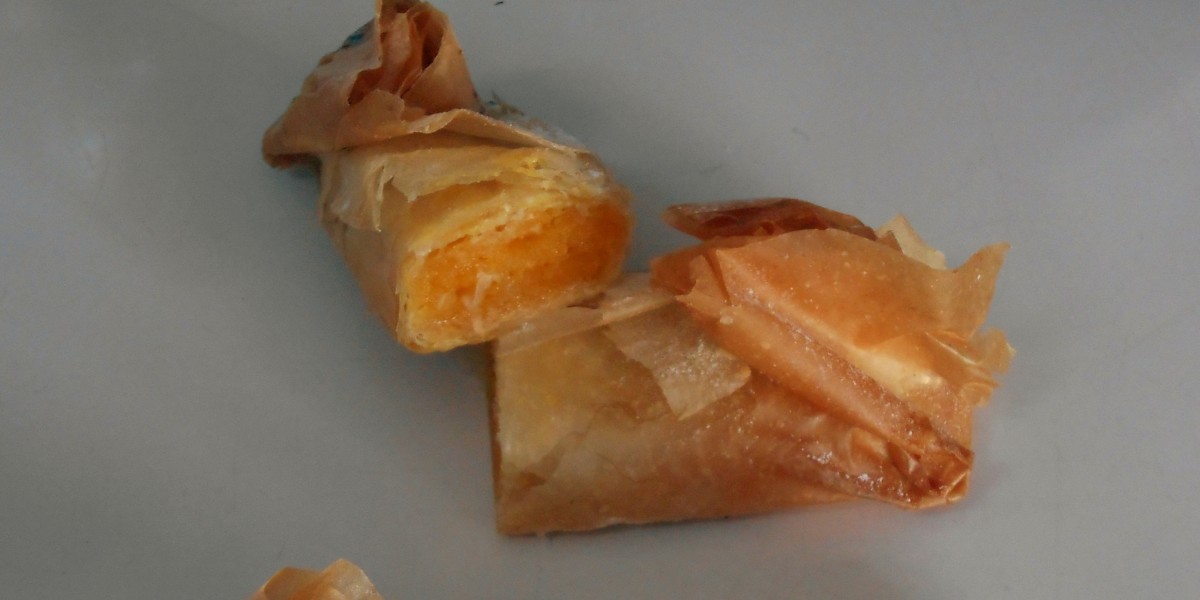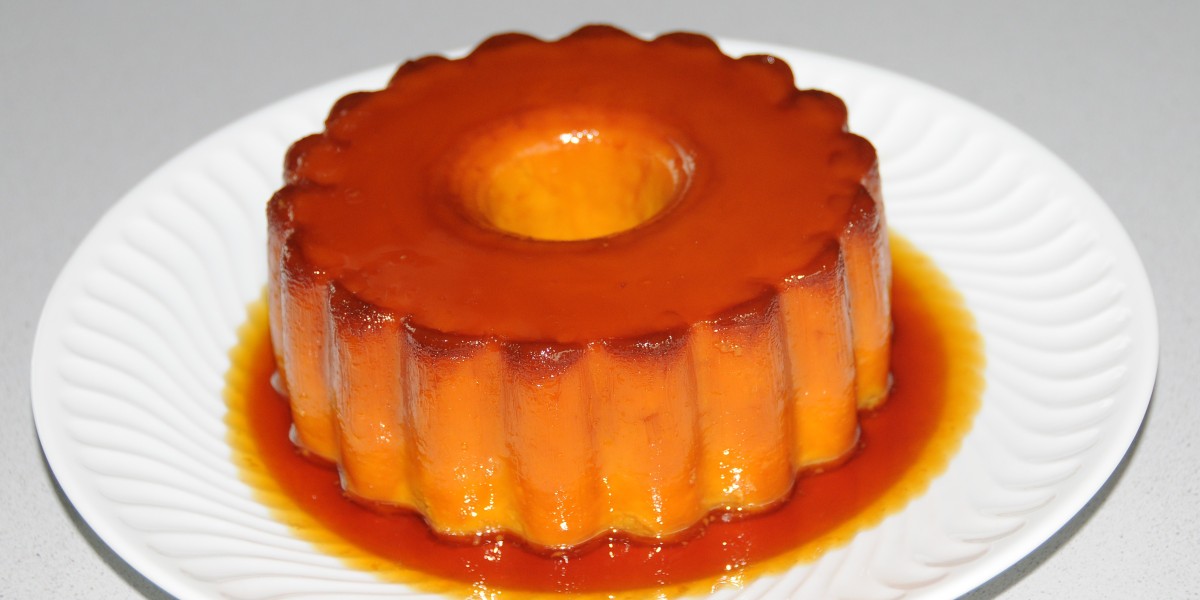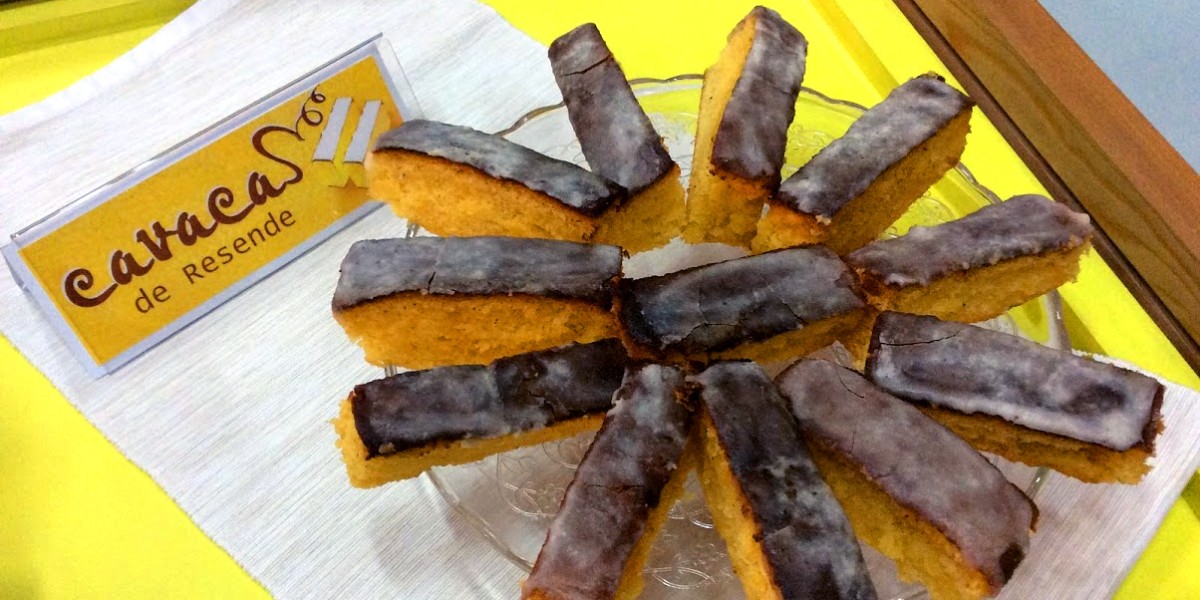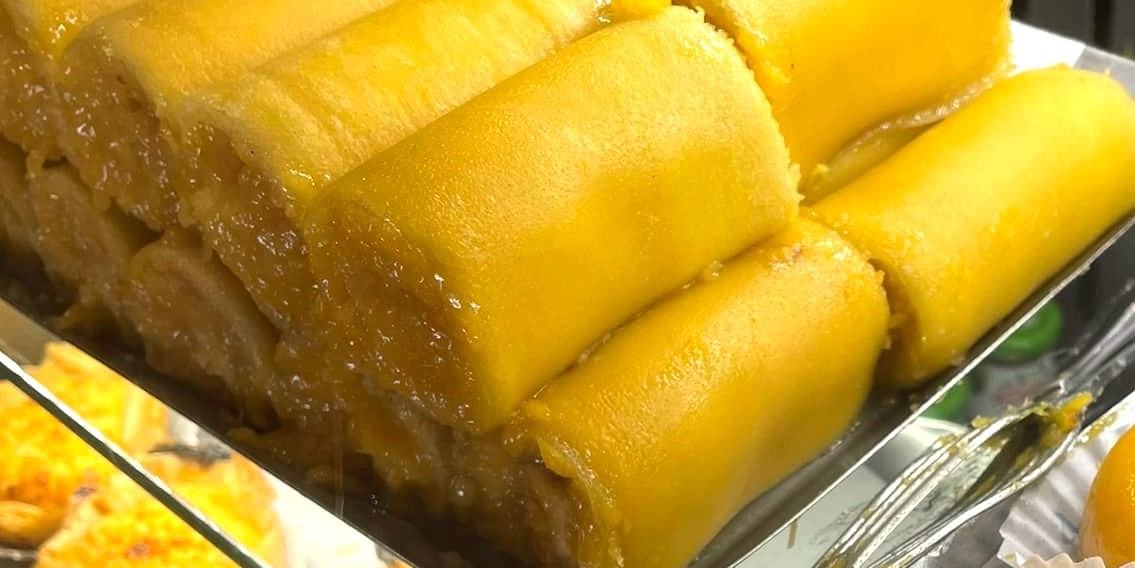
Beyond pastéis de nata, Portugal hides a world of convent sweets and regional bakes shaped by egg yolks, cinnamon, almonds, and even carob. Try ten lesser‑known Portuguese desserts, with quirks, where to find them, and insider tips that help you order like a local.
The classics: Portuguese desserts most travellers try first
Portugal’s sweet tooth leans on egg yolks, cinnamon and lemon zest, so it helps to get your bearings with the most popular Portuguese desserts. Expect creamy staples like arroz doce, crackly‑topped leite creme, biscuit‑layered bolo de bolacha, and coconut‑topped pão de Deus. Nothing beats the coffee‑bar ritual of a custard tart still warm from the oven, and few things are more emblematic than the famous pastel de nata.
In Lisbon, locals compare trays like football derby form. Plot the best pastel de nata in Lisbon across historic bakeries and newer labs. Outside the big hubs, a road trip is the excuse to hunt down the best custard tarts beyond the cities, from coastal cafés to inland pastelarias.
Top 10 underrated Portuguese desserts
Sericaia (Alentejo)
A baked custard scented with cinnamon and lemon, its cracked, cratered top is actually a good sign that it rose properly. It likely came out of Alentejo convent kitchens, then spread through family Sunday lunches. The pairing with preserved Elvas plums gives a tart counterpoint to the rich custard. Locals serve generous spoonfuls rather than neat slices.
- Where to eat: in Évora and Elvas traditional restaurants. In Elvas, Adega Regional is a safe bet, or Pao de Rala Convent Bakery in Évora. Order “uma sericaia com ameixas d’Elvas, por favor” and ask for it slightly warm.

Pastel de Tentúgal (Coimbra region)
Born in the 16th century with Carmelite nuns in Tentúgal, it’s made from paper‑thin, hand‑stretched pastry and a silky doce de ovos filling. Bakers stretch the dough over vast tables and dry it with airflow, not extra flour, so it shatters delicately. Freshness is everything; it loses its snap within hours. Expect a fragrant cinnamon‑lemon yolk profile.
- Where to eat: Tentúgal’s historic shops, especially Pastelaria Afonso, and classic confeitarias in Coimbra. Ask for “um pastel de Tentúgal ainda estaladiço, por favor” for a crispy one.
Pão de ló de Ovar (Aveiro district)
An ultra‑gooey sponge cake that’s intentionally underbaked so the centre stays custardy. The batter bakes in paper‑lined tins, and whole cakes are wrapped in parchment to keep them soft. It’s a feast‑day classic that’s migrated to weekend tables around Porto. Expect a gentle citrus note and incredible softness.
- Where to eat: Traditional houses in Ovar, including long‑running producers such as Pão‑de‑Ló de Ovar – S. Joao. In Porto, some bakeries stock it at weekends. Ask for “pão de ló de Ovar, mal cozido.”

Dom Rodrigo (Algarve)
Foil‑wrapped parcels of egg‑yolk threads, syrup and ground almond that date to 18th‑century convent traditions in Lagos. Unwrapping the coloured foil is part of the ritual, revealing a sticky‑crumbly interior. It’s often given as a gift and shows up at fairs and summer markets along the coast.
- Where to eat: Lagos and Portimão sweet shops and market stalls. Taquelim Gonçalves pastry shop in Lagos is well known. Ask for “um Dom Rodrigo tradicional.”
Tigelada (Abrantes, Tomar, Lousã)
A rustic custard baked in unglazed clay bowls, poured into very hot pots so the rim caramelises and turns chewy. Expect deep caramel notes rather than the smoothness of a flan. Abrantes is especially proud of its version, sold warm on weekends. It’s a countryside dessert that feels straight out of a wood‑fired oven.
- Where to eat: Abrantes bakeries such as Tágide Gourmet and Sunday lunch spots. You'll also find it in Tomar and Lousã taverns. Ask for “uma tigelada morna” and look for the clay bowl.

Pudim Abade de Priscos (Minho/Braga)
A 19th‑century recipe from an actual abbot near Braga, famed for using bacon or pork fat to achieve a glossy, velvety set. Flavoured with citrus and cinnamon, it’s dense yet silky. It appears on old‑school menus more at lunch than dinner. Purists want a clean slice that barely wobbles.
- Where to eat: Traditional restaurants in Braga, such as Cozinha da Sé. Order “uma fatia de Abade de Priscos.”
Tarte de alfarroba (Algarve carob tart)
Carob (alfarroba) has a cocoa‑adjacent flavour and was a thrifty Algarve staple now back in fashion. The tart is dark, gently bittersweet, and often blended with almond and orange zest. You’ll see it in rural cafés and at town markets rather than glossy patisseries. It travels well and keeps for days.
- Where to eat: find it in bakeries in Loulé and Silves. In Loulé, Café Calcinha is a classic stop for carob‑based sweets, or head to Amendoal bakery for a slice to take away. Order “uma fatia de tarte de alfarroba.”

Cavacas de Resende (Douro)
Crisp, hollow puffs or rings with a brittle sugar glaze, more biscuit than cake. The glaze is left to harden in the Douro air, which gives that satisfying snap. They’re weekend treats sold by weight in paper cones. Great with a short coffee mid‑afternoon.
- Where to eat: Resende bakeries and roadside stands along the N222. Ask for “meia dúzia de cavacas” by quantity.
Lampreia de ovos (Minho, festive)
An elaborate egg‑yolk and syrup sculpture shaped like a lamprey fish, brought out at Christmas and into early spring. It’s a centrepiece dessert rather than a snack, often sliced ceremonially at family gatherings. The tradition is strongest around Braga and Viana do Castelo.
- Where to eat: find it in historic confeitarias in Braga and Minho during the festive season. Usually ordered in advance and sold by the kilo. Ask “tem lampreia de ovos por encomenda?” to arrange one.

Torta de Azeitão (Setúbal/Azeitão)
Individual rolled sponges filled with rich doce de ovos, dusted with cinnamon. Lighter and more perfumed than large Swiss‑roll styles, and made throughout the day. It’s a peninsula staple that locals pick up after lunch. Best eaten within hours.
- Where to eat: Pastelaria Cego in Azeitão is the classic address, or take a seat at Casa das Tortas and order a glass of local moscatel to go with your creamy roll. You’ll also find them in Lisboa’s specialist pastelarias.
Stay inspired for your travels in Portugal —get our weekly newsletter for the latest travel, legal, and lifestyle news.
